In the competitive oral care industry, ensuring compliance with international safety standards is not optional—it’s essential. For manufacturers aiming to enter the U.S. market, teeth whitening device FDA certification is a key milestone. However, many products fail to pass FDA evaluation, delaying launches and damaging reputations. As a professional teeth whitening device factory, we have identified the three most common testing areas where home teeth whitening devices are rejected. This blog will walk through these tests and offer guidance on how manufacturers can avoid common pitfalls in the certification and safety of teeth whitening devices.
What is tested?
This test checks if any materials in the whitening device or the teeth whitening gel formulation cause irritation, toxicity, or allergic reactions when used in the mouth.
Why it leads to rejection:
If materials in the mouthpiece, LED casing, or especially the teeth whitening gel are not proven biocompatible, the FDA will reject the device. Non-medical-grade plastics or additives in gel formulas often trigger failures.
How to avoid failure:
Use FDA-registered, medical-grade silicone and plastics.
Ensure your teeth whitening gel supplier provides ISO 10993 and USP Class VI test reports.
Conduct biocompatibility testing early in the design phase.
Electrical devices must pass IEC 60601-1 or equivalent safety standards to ensure they do not pose a fire, shock, or electromagnetic interference risk during normal or abnormal use.
Why it leads to rejection:
Devices that overheat, lack proper insulation, or interfere with other electronics will not pass this test. Poor circuit board design or cheap components can cause serious compliance failures.
How to avoid failure:
Partner with experienced electronic engineers during product development.
Choose a teeth whitening device factory that already produces FDA-compliant models.
Pre-test prototypes with certified labs before full production.
The FDA closely inspects the product’s packaging, website content, and instructions. Any misleading claims about the device’s function, results, or status may result in immediate rejection
Why it leads to rejection:
Non-compliant labeling is one of the most common reasons for denial. Using vague or unsubstantiated performance claims—such as “whitens teeth in 5 minutes” or “safe for children”—without clinical backing violates FDA policy.
How to avoid failure:
Work with a regulatory consultant or compliance expert.
Avoid overpromising results in packaging or digital ads.
Use proper terminology: say “FDA-registered” instead of “FDA-approved” unless officially cleared through premarket approval (PMA) or 510(k).
Even if the product passes all tests, lacking proper documentation in your QMS (Quality Management System) can trigger rejection. FDA requires manufacturers to maintain detailed records for traceability, risk assessment, and corrective action.
Incorrect pH levels or over-limit hydrogen peroxide concentrations (typically >6% for OTC) can cause rejection or reclassification as a prescription-only product.
To avoid FDA rejection, manufacturers must go beyond basic product design. Compliance must be baked into every layer—from gel formulation to electrical safety to packaging language.
Here’s a quick success checklist for B2B buyers and OEM clients:
Choose a home teeth whitening devices factory with FDA experience
Use certified materials and components
Ensure home teeth whitening devices FDA certification supported by proper documentation
Verify the teeth whitening gel complies with both cosmetic and medical device guidelines
Build a compliant QMS from the beginning
Looking for an OEM/ODM partner with proven FDA compliance experience? Contact us to discuss compliant product development and regulatory support. https://www.powsmart.com/

FDA-Approved Antibacterial Bristles of Electric Toothbrush: A Safety Guide for Oral Care
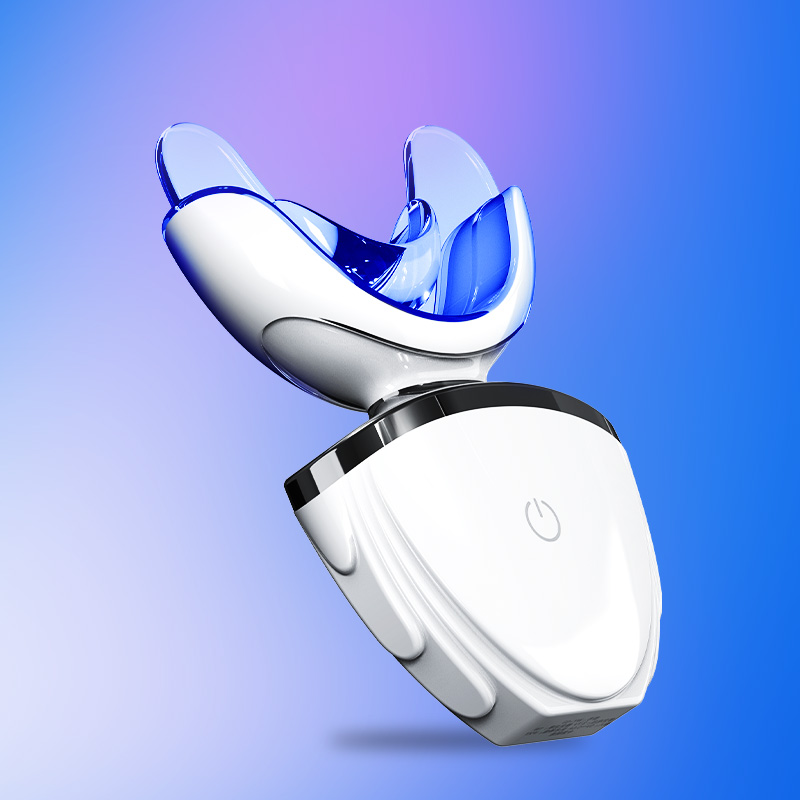
The Importance of Water Resistance for Teeth Whitening Devices and Anti-Saliva Corrosion Structure
PowSmart’s Commitment to Quality: What Sets Our Oral Care Products Apart
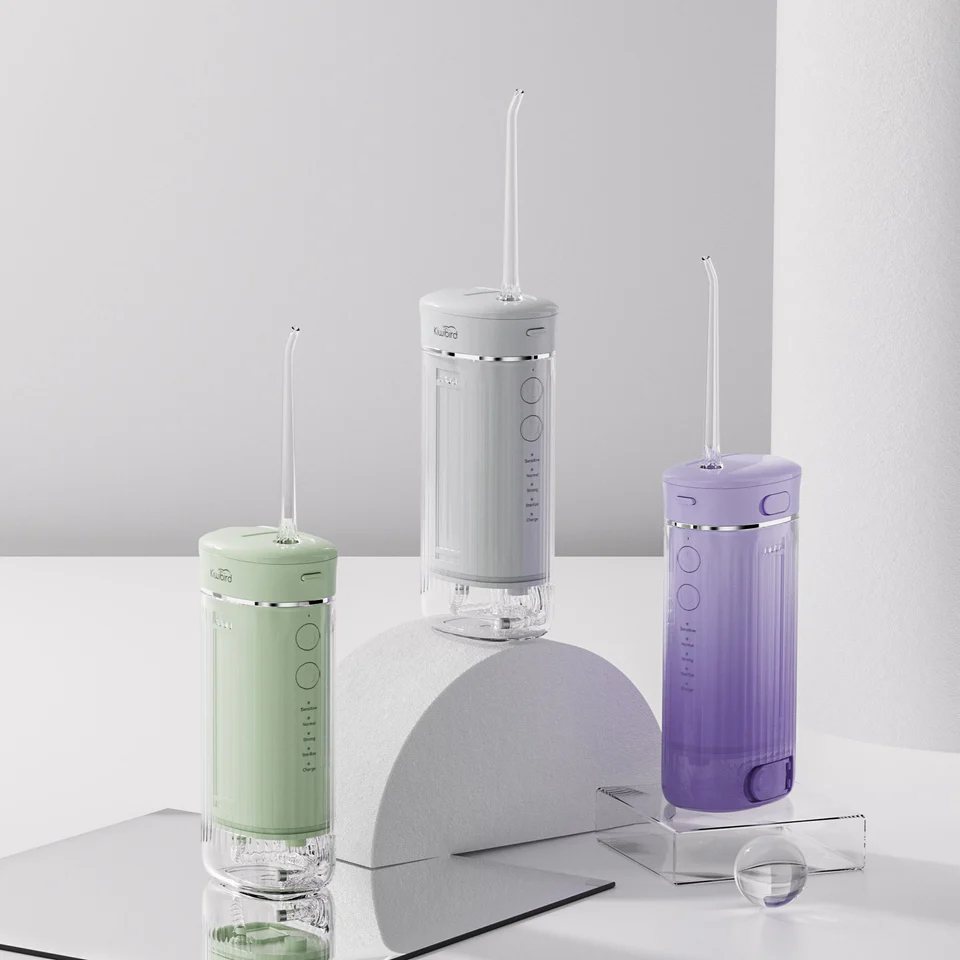
Tips for Preventing Mold in Water Flosser Tanks
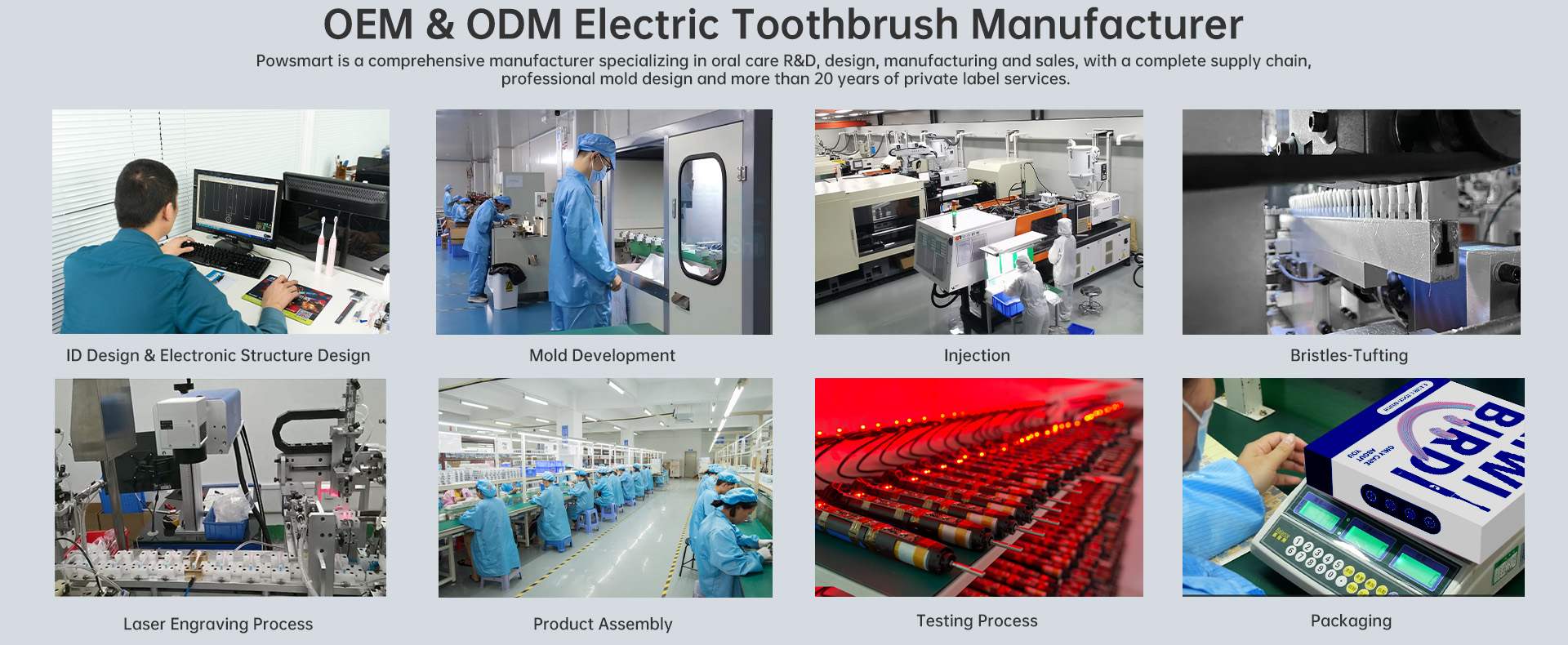
ISO 13485 Certification Interpretation: How Do Electric Toothbrush Meet Medical Device-Grade Production Standards?
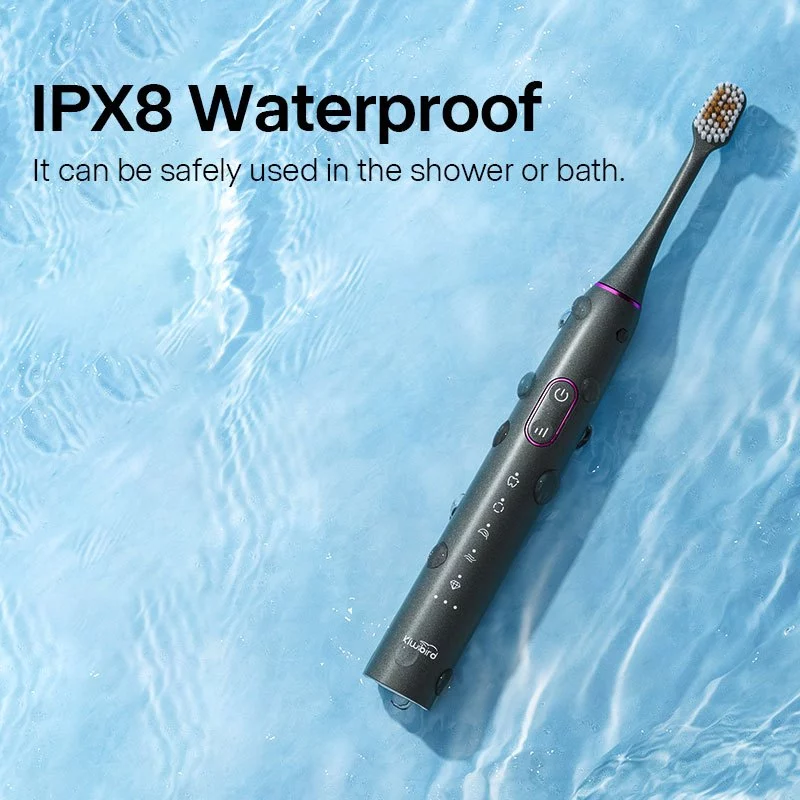
Supplier-Side Solutions and Preventive Measures for Common Negative Reviews from Electric Toothbrush Users
Is Your Electric Toothbrush Losing Power Too Fast?
Is Battery Swelling Causing Pressure Loss?
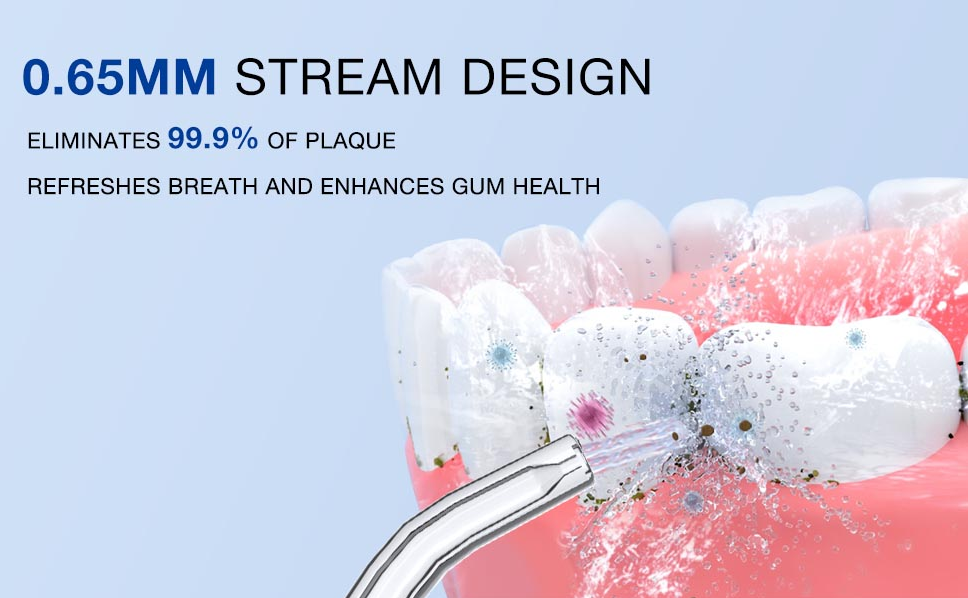
Ideal Pressure Settings for Sensitive Gums: Dentist Recommendations for Water Flosser Users
Is Your Water Flosser Plagued by Nozzle Clogging and Water Tank Leakage?

Electric Toothbrush Manufacturing Process
How to Keep Teeth Clean with Braces?
What Are the Benefits of Our Patented Structural Design of Electric Toothbrushes?
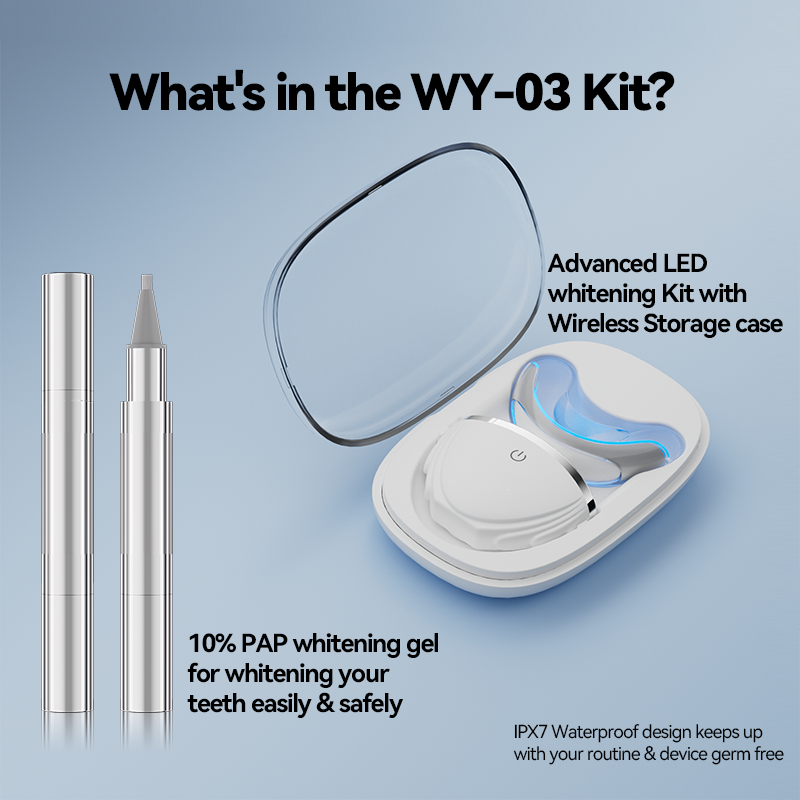
EU vs. US Whitening Gel Regulations for Global Brands
Does Loud Electric Toothbrush Noise Reduce Cleaning Efficacy?

Key Process Traceability of Electric Toothbrushes: Quality Inspection Record Management of Motor Calibration and Waterproof Testing

electric toothbrush heads Regular Clean
.jpg)
Florida Electric Toothbrush – Powsmart PTR-C8

Private Label Whitening Gel

electric toothbrush heads Ultra Soft

electric toothbrush heads Charcoal Infuse-Round

Customization Teeth Whitening Gel

Electric toothbrush heads Charcoal Infused-Diamond

electric toothbrush heads Deep Clean
whstapp
whstapp
National Toll-Free Service Hotline
+86 755 86238638